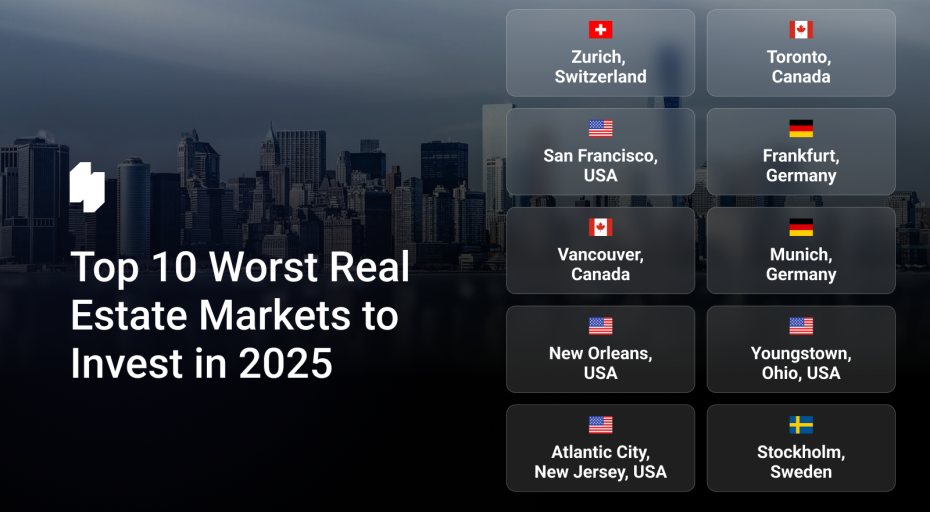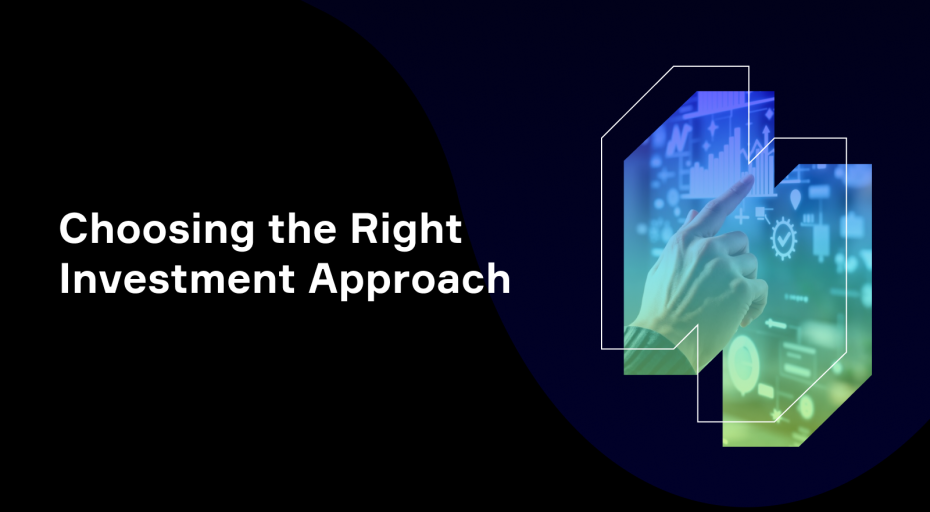Smartlands Tech Forecast For 2020-2025: 10 Changes That Will Transform The World
Technology is rapidly changing our lives and lagging behind it becomes increasingly disadvantageous for those who don’t appreciate this new reality. But folks at Gartner have done their best to answer the question “what’s coming?” giving a heads-up to forerunners of progress. We at Smartlands tend to agree: their predictions for the next five years do reflect some of the new challenges that will come with the new times: mobile-centered cryptocurrency, AI and ML oversight, blockchain to counter deepfake technology, an Internet of Behavior are all among Gartner’s predictions for the near future. And augmentations, decisions, emotions and companionship are the four main aspects that are in our opinion creating a new reality for how people use technology.
Prediction 1. By 2023, the number of employed disabled people will triple due to AI and emerging technologies, reducing barriers to access.
The emerging technologies such as virtual reality (VR), artificial intelligence (AI), augmented reality (AR), and others are making work more accessible for employees with disabilities. For example, select foodservice companies are starting to test AI robotics technology that enables paralysed employees to interact with robotic waiters remotely. Organisations that proactively employ people with disabilities will not only nurture empathy in their communities, but also see 89% higher retention rates, a 72% increase in employee productivity, and a 29% increase in profitability.
Prediction 2: By 2024, AI identification of emotions will influence more than half of online advertisements.
Artificial emotional intelligence (AEI) is the next area for AI development, especially for companies hoping to detect emotions in order to influence buying decisions. 28% of marketers ranked AI and machine learning (ML) among the top three technologies that will drive future marketing impact, and 87% of marketing organisations are currently pursuing some level of personalisation. Computer vision, which allows AI to identify and interpret physical environments, is one of the key technologies used for emotion recognition and has been recognised as one of the most important technologies in the next three to five years.
Prediction 3: Through 2023, 30% of IT organisations will extend BYOD policies with “bring your own enhancement” (BYOE) to address augmented humans in the workforce.
An augmented worker is one that uses wearable technology. Wearables are improving workplace productivity and safety across verticals such as automotive, oil and gas, retail and healthcare.
Prediction 4: By 2024, the World Health Organization will identify online shopping as an addictive disorder, as millions abuse digital commerce and encounter financial stress.
Consumer spending via digital commerce platforms will continue to grow over 10% year over year through 2022. The ease of online shopping will cause financial stress for millions of people, as online retailers increasingly use AI and personalisation to effectively target consumers and prompt them to spend discretionary income that they do not have. The resulting debt and personal bankruptcies will cause depression and other health concerns caused by stress, which is capturing the attention of the WHO.
Prediction 5: By 2023, a self-regulating association for oversight of AI and machine learning designers will be established in at least four of the G7 countries.
When algorithms malfunction, the public will demand protection, and this will create pressure for more regulation. The immediate impact of regulation will be to increase cycle times for AI and ML algorithm development and deployment. Otherwise, the enterprise can expect increased spending on training and certification for practitioners and documentation of processes, as well as higher salaries for certified personnel.
Prediction 6: By 2023, 40% of professional workers will orchestrate their business application experiences and capabilities like they do their music streaming experience.
People want to work in places that feel more like their home environment, so self-service applications will be assembled to meet professional and personal requirements. The consumerisation of technology and the introduction of new applications have elevated the expectations of employees as to what is possible from their business applications. For example, mobile and cloud technologies are freeing many workers from coming into an office supporting a ‘work anywhere’ environment and outpacing traditional application of business models. Similar to how humans customise their streaming experience, they can better interact using new application experiences.
Prediction 7: By 2023, up to 30% of world news and video content will be authenticated as real by blockchain countering deepfake technology.
Fake news represents deliberate disinformation, such as propaganda that is presented to viewers as real news. Its rapid proliferation in recent years can be attributed to bot-controlled accounts on social media, attracting more viewers than authentic news and manipulating human intake of information. By 2021, at least 10 major news organisations will use blockchain to track and prove the authenticity of their published content to readers and consumers. Likewise, governments, technology giants and other entities are fighting back through industry groups and proposed regulations.
Prediction 8: Through 2021, digital transformation initiatives will take large traditional enterprises on average twice as long and cost twice as much as anticipated.
Business leaders’ expectations for revenue growth are unlikely to be realised from digital optimisation strategies due to the cost of technology modernisation and the unanticipated costs of simplifying operational interdependencies. Such operational complexity also impedes the pace of change, along with the degree of innovation and adaptability required to operate as a digital business.
Prediction 9: By 2023, individual activities will be tracked digitally by an Internet of Behavior (Internet of Beings) to influence benefit and service eligibility for 40% of people worldwide.
Through facial recognition, location tracking and big data, organisations are starting to monitor individual behaviour and link that behaviour to other digital actions, like buying a train ticket. The Internet of Things (IoT) – where physical things are directed to do a certain thing based on a set of observed operating parameters relative to the desired set of operating parameters — is now being extended to people, known as the Internet of Behavior (IoB).
Prediction 10: By 2025, 50% of people with a smartphone but without a bank account will use a mobile-accessible cryptocurrency account.
Major online marketplaces and social media platforms will begin to support cryptocurrency payments by the end of 2020. Mobile-enabled cryptocurrency account services like Smartee are already capable of servicing the unbanked citizens in some of the major jurisdictions, and by 2025 decentralised global digital platforms will circumvent the banking conglomerates and completely take over the service of the global public’s crypto needs.






